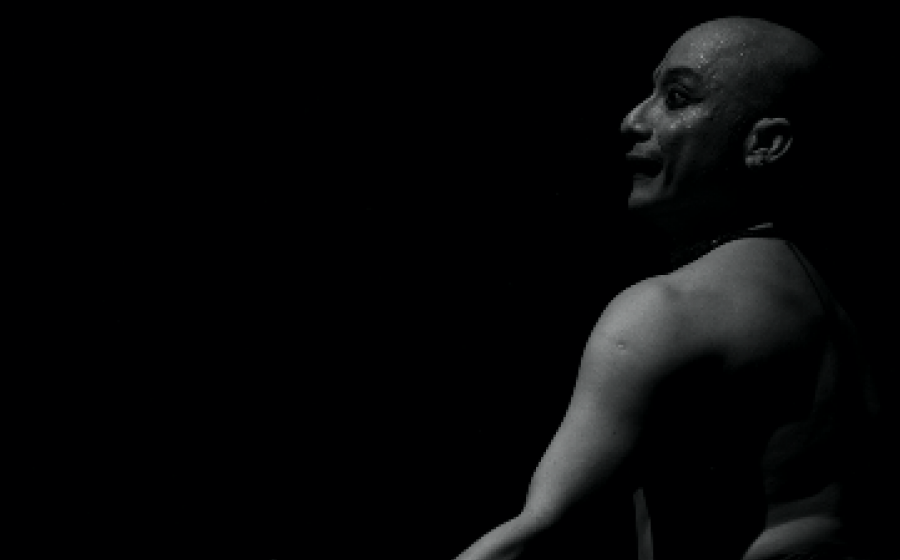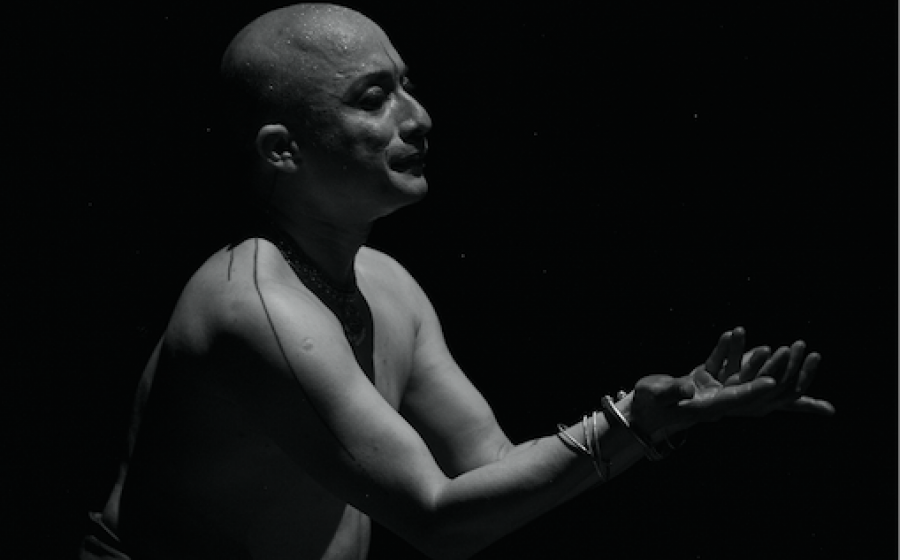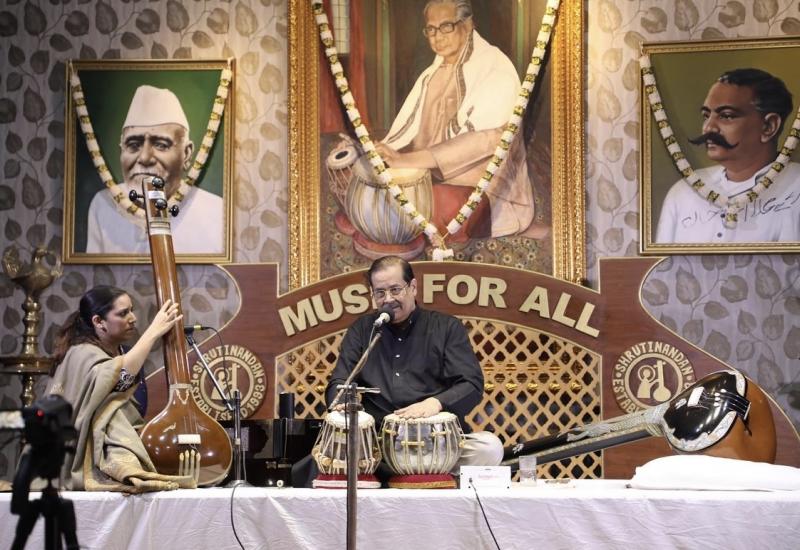Abhinaya - Beyond Binaries – Part Two
In the second part of the Series, Mavin Khoo reflects upon the realisations that he gained through the years of his dance practice in his conversation with Kumudha Chandrasekaran
It was a December evening in Chennai at the magnificent Kapalesswarar Kovil (temple), with a palpable restlessness in the air. Chennai was waiting to be hit by a bustling Margazhi, while the threat of Mandous, the cyclonic storm, was looming over the city. With Margazhi a week away, and Mandous a wreck away, a determined audience were waiting to watch Mavin Khoo’s performance. As the piece de resistance, ‘Mohamana yen meedil’ began, the audience were drenched, by Mavin’s soaking Srigaram. An elaborate conversation with him on Abhinaya, followed by watching his performance in Kapaleeswarar Kovil, and meeting him again after his practice session in Chennai, made it clear that he danced what he spoke and spoke what he danced.
The first part of this series ‘Abhinaya – Beyond Binaries’, which was a synthesis of perspectives on Abhinaya from Narthaki Nataraj, Mavin Khoo and Vidhya Subramanian, started with Mavin’s fascination over the ambiguity of the term abhinaya. Talking further about the influencing binaries in his art and life, Chinese/Srilankan, classical/contemporary, male/female, western/Indian, he landed on ‘neither and both’. He drew in the analogy of Ardhanari, typically with the female on the left and the male on right and highlighted that the beauty lies in the middle where it apparently splits, but really merges.
Taking off from that thought, we broke into an unimpeded conversation on a cluster of binaries in dance, such as exhibitionist and experiential, intrinsic and instrumental, mind and body, and thought and action. At a certain point in the conversation, in an unhurried pace, an incredible train of thought came forth: “There is thinking that is nurtured to absorb in silence, versus thinking that is nurtured to find answers before they reveal themselves. In the latter the answer is purely cerebral and not revealed by a lived or a transcendental experience. And there is no logic in a transcendental experience. The only choice is to surrender and that is scary”.
Mavin shared some context of his artistic journey, as he delved into how his abhinaya gained definite dimensions as he grew into an artist of stature. Even as the notions of masculinity were rigid when he was first presented as a promising dancer, he was absorbed in the joy of dancing sringara varnams and padams. He also faced the same situation in England as a classical ballet dancer. There were distinctly different male and female roles, and he found the female dance material to be more complex, nuanced and artistic.
Referring to Guru Adyar K. Lakshman, he said “It was given to me by Sir saying, I don’t want him to dance like a man, I just want him to dance”. “The visionary that he was, he understood that I had a particular relationship with this concept of storytelling that had to be personal, intuitive, and underpinned by feeling, rather than technique”, he added. He further shared that in his thirties, the boundary between the nayika and him started blurring, with mannerisms that were his own coming into his dancing, occasionally turning into an indulgence. He acknowledged that his years of working with Akram Khan, that have been the foundation for much of his current thought process, taught him the craftsmanship of facilitating a certain experience for the audience. Mavin spoke about the immersive and objective parts of the brain required for a dancer, the former that dives into the emotion and the latter that keeps track like an external eye, and the two always working together. While speaking of the external eye, he also mentioned the essential fourth wall, an invested audience energy watching the dancer grow and build craftsmanship, which he thought was not as existent now, as compared to his growing years.
Mavin reiterated the importance of rigour in practice, recollecting an unforgettable sight of the glow in the legendary Yamini Krishnamoorthy’s face after dancing a varnam four times repeatedly. He spoke not only of the physical rigour associated with adavu practice, but of the rigour of immersion into what a piece has to offer in relation to music and text structure. “Once that has been embodied then comes a particular freedom in articulating a personal diary through the structure” he explained, quoting the example of the ‘Mohamana’ varnam, which has taken him a good ten years of immersion. With that thought on embodiment, we moved from the everyday binaries towards the existential binary of right and wrong, when Mavin finally said, “It then takes very few artists who have the courage to trust the beauty of everything that is wrong, after years of embodied right”.
Articulating a visual:
As we got drawn deep into conversation, there were a couple of instances when Mavin Khoo started emoting and dancing as he was articulating, that were worth a share.
Talking about the rigour in building a few minutes of improvisation on Meenakshi’s third breast falling off, Mavin Khoo demonstrated Lakshman Sir’s explanation of the subtlety of Abhinaya in that moment. In a quick breath when the third breast falls off, the eyes show how Meenakshi for the first time feels the space between her two breasts, followed by an awareness of her body that is highlighted by the weight of her hair and the folds of her waist.
In another instance, he spoke about specificity in abhinaya when he showed Radha, as a masochist in a certain context, who is unable to believe that she is putting herself through it all, as against a typical feminine and shy caricature of Radha in vakyaartham (lyrics).
Kumudha Chandrasekaran is a dancer, educator, and writer based in Bengaluru from the Temple of Fine Arts. Rooted in BharataNatyam, her practice embraces her exposure to different vocabularies in dance. She believes in inclusion and has headed a project catering to about 200 children at Spastics Society of Karnataka, that created an access for them to music and dance. She co-curates a performances series ‘Yati Gati’, that focusses on the dialogue between the artist and the audience, at Atta Galatta, a cultural hub in Bengaluru. Across her engagement with the arts, her work takes a non-binary stance, connecting the thinking and doing in dance. She holds a master’s degree in dance education from the Royal Academy of Dance, London.




















